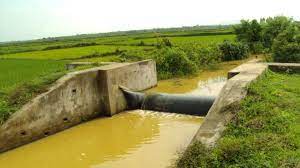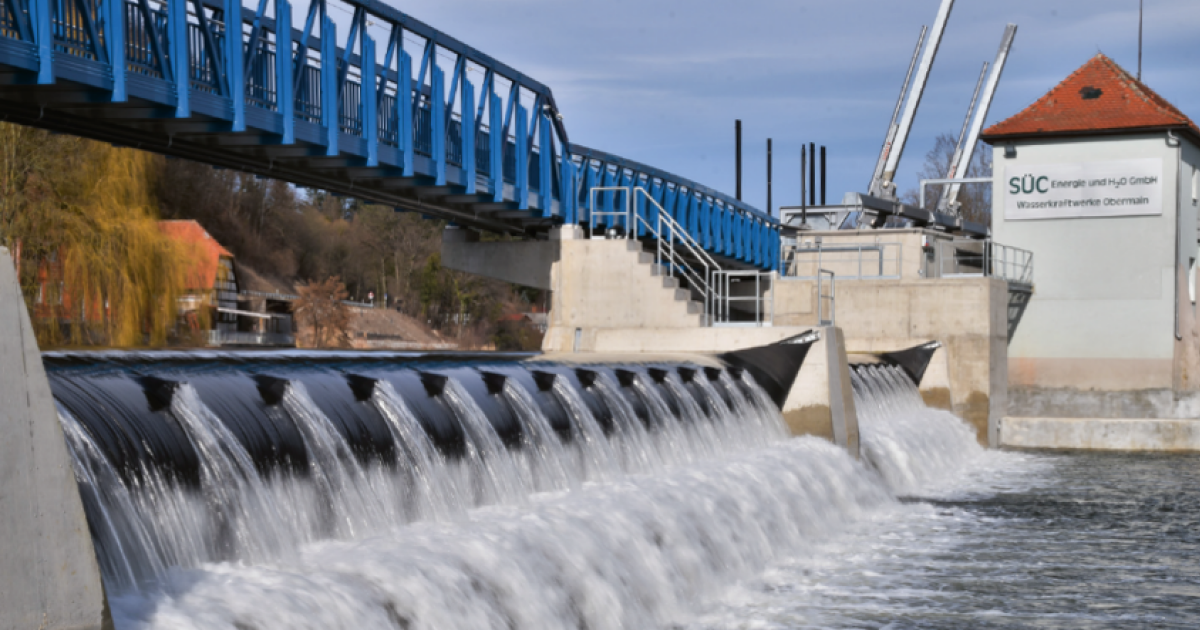Imagine a world where water can be stored and managed in a way that benefits both humans and the environment. A world where innovative solutions are used to conserve water resources, protect against floods, and provide sustainable solutions for communities in need. One such solution that is gaining popularity in recent years is the rubber dam.




At Hydro Construct, we believe that rubber dams are the future of check dams, and in this blog post, we will explore why. We will compare rubber dams and traditional check dams, highlight the advantages of rubber dams, and share how our company is revolutionizing water conservation through the use of rubber dams.
But first, let's understand what check dams are and why they have been traditionally used for water conservation.
Check dams are small dams constructed across a river or a stream to slow down the flow of water, causing sedimentation and trapping silt and debris. This helps in retaining water in the river, preventing soil erosion, recharging groundwater, and supporting agricultural and other human activities.
While check dams have been used for centuries and have provided some benefits, they also have limitations. Traditional check dams are made of concrete, stones, or earthen materials, which are heavy, expensive, and time-consuming to construct. They require skilled labor, heavy machinery, and regular maintenance, making them less feasible in many situations, especially in remote or inaccessible areas.
This is where rubber dams come into the picture. Rubber dams are inflatable barriers made of high-strength fabric-reinforced rubber that can be easily installed and operated, providing numerous advantages over traditional check dams.
So, why are rubber dams the future of check dams? Here are some key advantages:
- Cost-effective: Rubber dams are more cost-effective compared to traditional check dams. They require less material, labor, and machinery for installation, resulting in cost savings. Rubber dams can also be easily transported, reducing transportation costs, and they have lower maintenance requirements, further reducing long-term costs.
- Versatile: Rubber dams can be installed in various water bodies, including rivers, streams, canals, and reservoirs. They can be used for different purposes, such as flood control, irrigation, water supply, hydropower generation, and environmental protection. Rubber dams can also be easily adjusted in height and length to suit specific requirements.
- Environmentally friendly: Rubber dams have minimal environmental impact compared to traditional check dams. They do not require concrete or other heavy construction materials, reducing the disturbance to natural habitats and ecosystems. Rubber dams also do not obstruct fish migration or affect the water quality, making them more environmentally friendly.
- Easy to install and operate: Rubber dams can be installed quickly and easily with minimal equipment and labor. They can be inflated using air or water, and the inflation and deflation process can be controlled remotely. This makes them easy to operate and manage, even in remote or inaccessible areas.
- Durable and long-lasting: Rubber dams are designed to be durable and long-lasting, with a typical lifespan of 30-50 years or more. They are made of high-quality rubber and fabric materials that are resistant to weathering, UV radiation, and chemicals. Rubber dams are also designed to withstand floods, storms, and extreme weather conditions, making them highly reliable.
At Hydro Construct, we take pride in being a leading expert in rubber dam construction. Our team of engineers and technicians has extensive experience in designing, engineering, and constructing rubber dams for various applications. We have successfully completed projects across the globe, including the largest rubber dam on the Falgu river in Gaya, India, which was inaugurated by the Hon.ble Chief Minister of Bihar in September 2022.
We hope you found this comparison informative and helpful in understanding the differences between check dams and rubber dams. If you have any further questions or would like to discuss your water resource management needs, please do not hesitate to contact us. We would be happy to provide expert advice and assistance. Thank you for reading!


